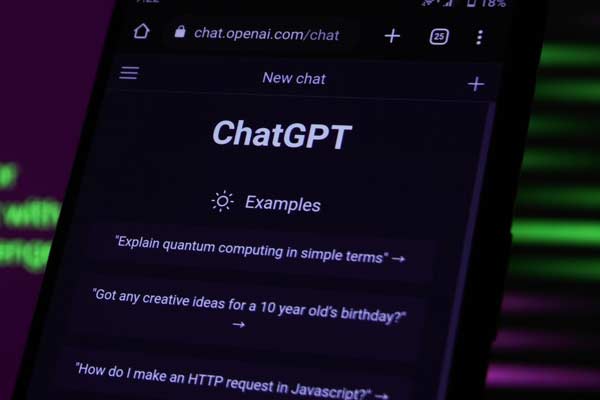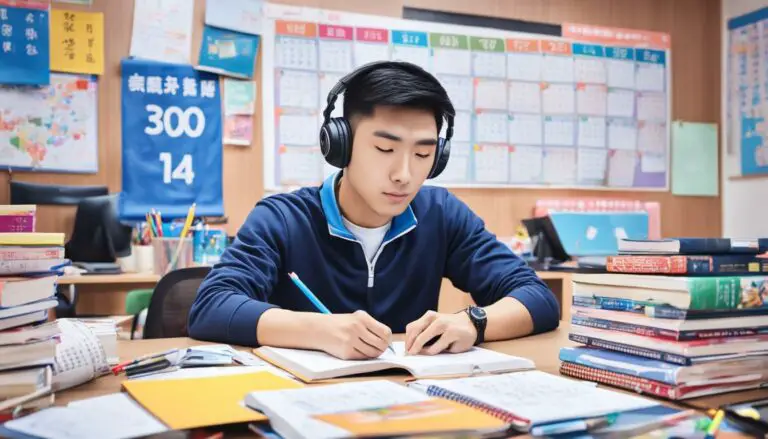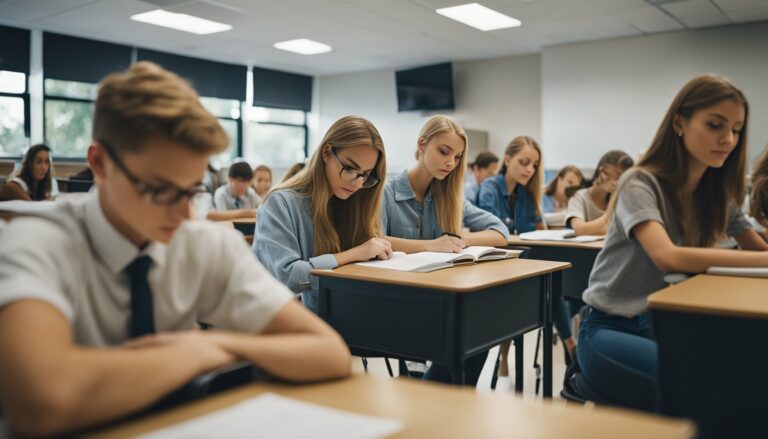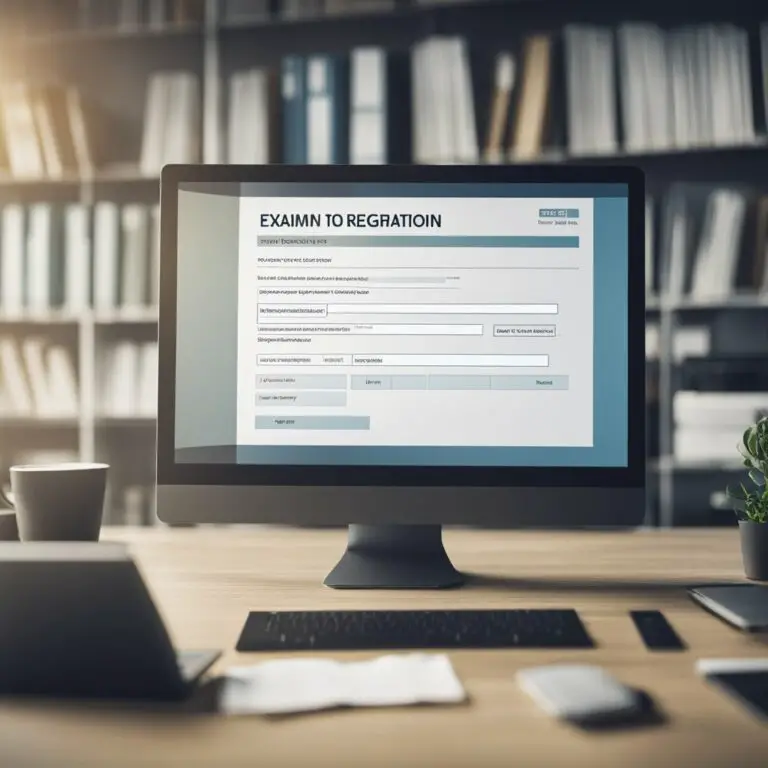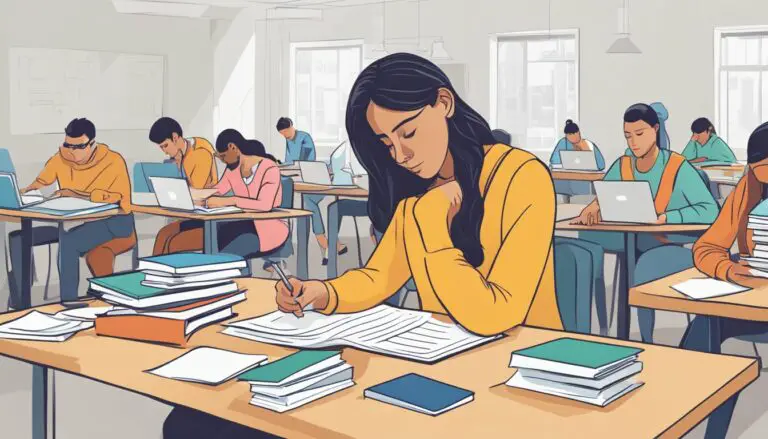How to Enhance the Academic Performance of Weak Students: Essential Tips for Teachers and Parents
Educators face the challenge of improving the academic performance of weak students. A comprehensive approach is needed to enhance learning outcomes that consider individual needs and foster a supportive environment.
Effective strategies can be implemented to empower struggling students to excel. Acknowledging the diverse learning styles and abilities of students is critical. Identifying their strengths and weaknesses enables tailored instruction and targeted support.
Differentiated teaching methods, such as visual aids and hands-on activities, engage students and facilitate better understanding.
Creating a supportive classroom environment is essential. Positive peer interactions and an inclusive atmosphere cultivate a sense of belonging among all students.
Cooperative learning strategies promote collaboration and enable weaker students to learn from their peers’ strengths.
Underlying factors that may hinder student achievement should also be addressed. Additional tutoring or academic support programs can offer personalized assistance. Language barriers and learning disabilities should be identified for targeted interventions.
Understanding the Challenges Faced by Weak Students
Weak students face many issues that obstruct their scholastic growth. Struggling to understand challenging concepts, keeping up with tough classes, and feeling overwhelmed by quick learning can be difficult.
Weak students may also need more study skills and organizational techniques, making managing their time easier. Low self-confidence and motivation are common due to past disappointments or criticism from educators and classmates.
Educators can provide personalized help tailored to the needs of weak students. This can include giving individual instruction or small group sessions to address areas of difficulty. Differentiated teaching strategies can make sure weak learners receive extra help and practice.
Beyond academic assistance, prioritizing the emotional well-being of struggling students is crucial.
Establishing an inclusive and nurturing atmosphere where students are comfortable seeking clarification and learning from errors can boost their self-assurance.
🌟 Hey Students! 🚀 Ready for the ultimate experience? Join us on Studentsinside.com's Facebook, YouTube, WhatsApp, and LinkedIn. Click now for tips, fun, and success vibes! 🌈✨ #StudentLife #JoinUs
Transparent dialogue among teachers, students, and parents can illuminate the root causes of a student’s underperformance.
Pro Tip: Celebrate small successes! Cheer on weak students by recognizing their progress and hard work. This recognition will foster a sense of achievement and motivate them to strive to improve their academic performance.
Setting Realistic Goals for Academic Improvement
To aid weak students in their academic journey, here’s a 6-step guide:
- Start with self-reflection. Pinpoint strengths and weaknesses.
- Prioritize which subjects or skills to focus on.
- Set specific, measurable, achievable, relevant, and time-bound S.M.A.R.T. goals.
- Break down the larger goals into smaller chunks.
- Track progress and stay accountable.
- Seek support if needed.
Remember, Rome wasn’t built in a day! Patience is essential. Celebrate small victories to keep motivation high.
Providing Individualized Attention and Support
Individualized care is essential for a supportive learning atmosphere. Here are four critical points to remember:
- Instruction tailored to each student’s style and needs.
- Personalized feedback to help them recognize strengths and weaknesses.
- Encourage collaboration between students.
- Address individual concerns and show the importance of the journey.
Additionally, it is crucial to highlight student’s talents and offer extra resources or accommodations when needed.
Utilizing Different Teaching Strategies and Techniques
Reviewing student progress regularly and adjusting teaching styles as necessary is significant to upgrade the effectiveness of Using Diverse Teaching Strategies and Methods. This ascertains that every learner is given the required assistance to do well scholastically.
To successfully practice distinct teaching approaches, teachers must thoroughly understand their students’ abilities, weaknesses, and preferred learning styles. This authorizes them to select suitable methods that serve various necessities.
Furthermore, frequent contact with learners and guardians is vital to pinpoint any challenges or issues experienced by students. This allows teachers to modify their teaching strategies appropriately and supply targeted help when necessary.
Encouraging Active Learning and Engagement
Active Learning and Engagement are essential for a supportive learning atmosphere. Here are a few tips to foster active participation and engagement:
- Incorporate interactive teaching methods that involve students in the learning process.
- Encourage group conversations to promote collaborative learning and the exchange of ideas.
- Include hands-on activities that allow students to use their knowledge in practical scenarios.
- Use technology as a tool to enhance interactive learning experiences.
- Allow students to express their opinions and ask questions during class.
- Include real-life examples and case studies to make learning relevant and engaging.
To further boost active learning and engagement, teachers can also:
- Give helpful feedback on student performance to inspire continuous improvement.
- Organize field trips or guest speaker sessions to boost experiential learning.
- Create a welcoming classroom atmosphere where students comfortably share their thoughts and feelings.
- Promote self-reflection by assigning tasks that need critical thinking and self-analysis.
The Socratic method used by the ancient Greek philosopher Socrates is an exciting example that emphasizes the importance of active learning.
He believed in engaging students through questioning, dialogue, and critical thinking. This technique inspired active participation and supported intellectual growth among learners.
Breaking Down Tasks and Creating a Study Schedule
Do you know what can boost your productivity and effectiveness when studying? Breaking down tasks and creating a study schedule! Here’s a 3-step guide to help you out.
- Set your goals: First, decide what you must accomplish for each study session. Make sure the goals are realistic and will keep you motivated.
- Break it down: Break your goals up into smaller tasks. This will make it easier to take on each task and help you avoid feeling overwhelmed. Use a priority system to determine which tasks are most important.
- Make a schedule: It’s time to make a study schedule. Allocate specific times for each task based on its priority level and estimated completion time. Remember breaks and downtime. Stick to the plan, but be flexible if needed.
Keep in mind some personal details like your learning style and commitments. Experiment with different approaches until you find what works best for you.
Fun fact: Stanford University conducted a study showing that breaking larger tasks into smaller subtasks increases motivation and performance when dealing with complex projects.
Using Effective Study Techniques and Resources
Four steps to successful studying:
- Get organized. Make a study space free of distractions and with all supplies handy.
- Set goals. Break things down into achievable chunks.
- Use the proper techniques. Try active recall, spaced repetition, and summarizing.
- Access resources. Turn to online platforms, websites, textbooks, and peers.
For extra help, use visual aids, mind maps, or mnemonics suited to your learning style.
Here’s an example of how dedication, hard work, and the correct study techniques/resources can make a difference.
Managing Distractions and Procrastination
Get rid of distractions! Make a spot only for studying, away from phones and noisy spots. Break your tasks into smaller parts; this will help you stay motivated.
Allocate time to complete your activities and make studying a top priority. Apps and tools blocking websites or tracking time can keep you on track.
Remember that managing distractions and procrastination is a constant process. Identify what triggers you and use strategies to conquer these difficulties and improve your study habits.
I heard a story of someone who had trouble studying due to distractions. She found that turning off notifications on her phone and using noise-canceling headphones worked.
Setting specific objectives for each study session aided her in avoiding procrastination. This story shows the significance of having a personalized approach to managing distractions and overcoming procrastination.
Working with Tutors or Academic Support Services
Tutors and academic support services can help you to reach your goals. They have specialist knowledge and can offer tips to boost your understanding. Plus, sessions are tailored to your needs, so you can concentrate on the areas where help is most needed.
Whether going over course material, preparing for exams, or learning good study habits, tutors and academic support services support you.
Tutors can guide you in building vital skills such as time management, organization, and critical thinking. They can also aid you in setting priorities, ensuring you meet deadlines, and devising study plans.
Utilizing Online Learning Platforms or Educational Apps
This tech-driven age has seen a surge in the usage of online learning platforms and educational apps. Such tools offer many advantages and resources to learners of any age.
- Explore a diverse range of courses, spanning from classic to innovative subjects.
- Convenient and flexible – learners can study at their own pace and in a comfortable setting. These platforms and apps make it easy to get material anytime, anywhere.
- Interactive & fun content – videos, quizzes, interactive lessons, and game-like experiences are all part of the package to keep learners engaged and interested.
- Personalized learning – platforms create customized recommendations to help learners focus on areas they need to improve.
- Group work & collaboration – learners can connect with others who share the same interests or goals through features like forums or virtual classrooms.
Additionally, these platforms often accommodate visual, auditory & kinesthetic learners. This allows users to move from one subject to another quickly.
If you want to make the most of your experience, here are some tips:
- Set objectives. Decide what you want to achieve.
- Make a plan. Establish a flexible routine.
- Stay organized. Utilise features such as bookmarks or progress trackers.
- Participate actively. Utilize interactive features such as discussion forums & collaborative projects.
- Ask for help. Feel free to get support from instructors or peers. Most platforms have channels designed for this.
Assessing Progress and Identifying Areas for Improvement
Organizations must implement continuous monitoring and evaluation processes to gauge progress and identify areas for enhancement. This includes regular assessment against set goals, metrics, and benchmarks.
A table-based approach can be used to understand progress and areas for improvement better. Key metrics include:
| Metric | Description |
|---|---|
| Sales | Monitor revenue generated from sales to evaluate business performance. |
| Customer Satisfaction | Measure customer satisfaction rates to identify service delivery opportunities for improvement. |
| Employee Productivity | Track employee output to determine efficiency across departments. |
| Quality Control | Evaluate product quality through inspections and testing to maintain consistent standards. |
Other factors to consider are market trends, competitor analysis, customer feedback, and employee engagement surveys.
Proactively stay abreast of new methodologies or strategies to identify areas for improvement. Input from employees or external audits can provide valuable insights.
Pro Tip: Regularly review and update the metrics used for assessing progress. This will help ensure alignment with organizational goals and priorities, leading to more effective monitoring and evaluation processes.
Modifying Strategies and Approaches as Needed
Adapting strategies and approaches as required is essential in the ongoing monitoring and evaluation. This allows flexibility and adjusting to new situations, ensuring the plan succeeds.
To get a better grasp of this concept, let’s look at an example in the form of a table:
| Strategy/Approach | Initial Plan | Actual Implementation | Modifications |
|---|---|---|---|
| A | 80% | 75% | -5% |
| B | 90% | 85% | -5% |
| C | 70% | 80% | +10% |
This table presents the original plan, how it was used in reality, and the changes made for three different strategies/approaches. It helps us to understand how modifications were made based on real-time observations.
It is also essential to consider particular details while changing strategies and approaches, for instance, recognizing obstacles or blockages, obtaining input from concerned people, or studying market trends. Such details provide essential insights that direct decision-making to the best possible outcome.
In line with this, here are some tips for adapting strategies and approaches:
- Consistently review data to pinpoint areas that need enhancement.
- Get input from all related stakeholders for a broader perspective.
- Stay informed about industry trends and act accordingly.
These tips work because they promote an active approach to monitoring and evaluation. They show the value of basing decisions on data and keeping an open dialogue with stakeholders.
Conclusion
Wrapping up our chat about improving weak students’ academic performance, we see a multifaceted approach is needed. Teachers, study strategies, and a nurturing learning environment are all essential for weak students to succeed.
Parents must also be involved for success. Studies show that when parents pay attention to progress encourage and make a proper learning setting at home, students thrive academically.
Every student has different strengths and weaknesses. Differentiated teaching techniques aid teachers in catering to each student’s needs. This gives struggling students the exceptional help they need to overcome challenges and succeed academically.
Remember: Boosting self-esteem and a growth mindset are crucial to helping weak students. Support them to trust their abilities and give them constructive feedback. This can make a huge difference in their motivation and determination to succeed.
Frequently Asked Questions
What Are Some Effective Strategies to Improve the Academic Performance of Weak Students?
Answer: Some practical strategies to improve the academic performance of weak students include providing personalized attention, breaking down complex concepts, setting realistic goals, using visual aids, encouraging active learning, and providing timely feedback.
How Can Personalized Attention Benefit Weak Students?
Answer: Personalized attention allows weak students to receive individualized support, identify their weaknesses, and work on improving them. It helps build their confidence and ensures they understand the concepts thoroughly.
Why Is Breaking Down Complex Concepts Important for Weak Students?
Answer: Weak students often need help with complex concepts. Breaking them into smaller, more manageable parts makes it easier for them to understand and grasp the content. It helps them build a strong foundation before progressing to more advanced topics.
How Can Setting Realistic Goals Help Improve the Academic Performance of Weak Students?
Answer: Setting realistic goals helps weak students stay motivated and focused. It gives them a sense of accomplishment when they achieve their goals, boosting their self-esteem and encouraging further improvement.
Why Are Visual Aids Beneficial for Weak Students?
Answer: Visual aids, such as diagrams, charts, and graphs, help weak students visualize concepts and enhance their understanding. They make learning more engaging and interactive, enabling students to retain information longer.
How Does Providing Timely Feedback Contribute to Improving Weak Students?
Answer: Timely feedback helps weak students understand their mistakes and identify improvement areas. It allows them to learn from their errors, make necessary adjustments, and progress in their academic journey.


